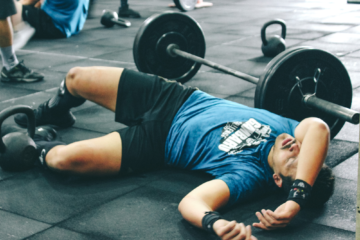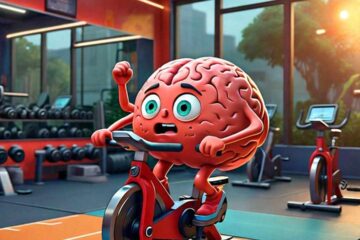As we draw to close off another long season, players and teams are already preparing for the next. I can bet that most parents reading this article have had kids playing/training 1-3 sports, no less than 3x/week, if not every day across school and club and have been training since the start of the year. The off-season provides players with a wonderful opportunity to switch focuses for a couple of months before returning to another full-on eventful season next year. When we talk to athletes and ask “what’s the plans for off-season?” It is not uncommon to hear, “I’m going to go running everyday to be fit for preseason.” We generally discourage this unless it’s for another sport as in Australia we are gifted with long pre-seasons and this is where we already do a lot of running work. As much as this is well intended, it is also less helpful for improving as an athlete and their time can be spent better elsewhere. The off-season should be used to improve the things that you may not get an opportunity to do in-season and there are a couple things that players can do to ensure they are ready for the next season.
1. Rest!
Hopefully this one doesn’t come as a shock. After such long seasons and a huge amount of commitment from athletes, a week (or two) of doing nothing is acceptable. If your child has had 40 weeks of training and games, then how does that compare to one week on the couch? Rest is necessary for improvement so ensure that athletes get some down time to recharge.
2. Work on components that complement your sport – strength, speed and agility
It is common for these components to be forgotten about as the season progresses as the focus is on succeeding in your chosen sport. With the high volume of aerobic, team based work and low recovery time between sessions and games, there is little time left to work on anything else. The best time to improve all three of these components are when athletes are at their freshest. Furthermore, components such as strength training have been shown to reduce sports injuries by 1/3 meaning less risk of injury for the following season for athletes, especially children going through growth spurts.
3. Work on skills and technical ability.
During the season, the focus for athletes in team sports can be highly directed toward gameplay and sometime this doesn’t leave time to work on skills within sessions. As many team sports require a high degree of skill, athletes need to take it upon themselves to keep working on their skills. The off-season is a great time to get out to a park with friends to work on new tricks and skills to keep improving overall in their sport.
4. Do something different.
Participating in a completely different sport or activity not only lowers the risk of overuse injuries and monotony but it also introduces athletes to new movement patterns and skills which are vital for physical development. Interestingly, this mastery of other novel skills helps to improve an athletes ability in their chosen sport, generally by improving coordination or physical capacity. It is fairly common that athletes that succeed at the highest levels are often quite good at multiple sports/activities.
The off-season is chance to hit the reset button. It is an opportunity to rest, to get over the niggles and injuries from the previous season and to develop parts of your game that you wouldn’t normally have time to work on. It is a gift, but only a short one so use it wisely and save the high-load running work for preseason.



0 Comments